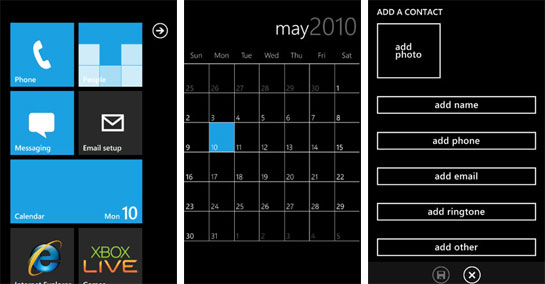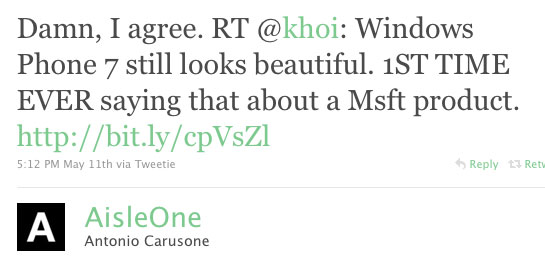what is, not what could be
Hints, previews and sneak peeks.
They go hand-in-hand with prototypes, demos and proof-of-concept products.
These impossible-to-buy, incomplete, vaporware products – coupled with speculations – form the bulk of technology news. It’s bullshit is what it is.
Here are a few recent ones I like:
Yahoo, Nokia to unveil ‘Project Nike’ deal – Yahoo announces an alliance with Nokia. Wow. Screenshots? Mobile apps to demo? Nothing? Amazing stuff guys.
Microsoft Cancels Innovative Courier Tablet Project – Microsoft first leaks videos featuring a concept product, and then cancels it about 6 months later. Nice.
NVIDIA hints webOS tablet, rags on Apple and Intel – The title says it all. All talk, no walk.
This is just one of the many reasons Jory Kruspe and I started HEED (It’s one of my reasons anyway). HEED is about the process that creates well-designed products. It’s about how something that’s well-designed can improve the quality of life. It’s about pointing out places in world where there’s bad design and why businesses and individuals need to wake up and heed to design.
I’m not saying not to dream. I’m saying do something with those dreams. Make something. Find a process that allows you to execute your ideas. And when you find that process, use it.
The articles mentioned above are all (potentially) great ideas, but a design isn’t successful unless it’s executed.
That’s why Jory and I started HEED as Twitter and Flickr accounts. We both are busy with our jobs and haven’t been able to put aside the time to create the picture-perfect venture we’ve envisioned in our heads. So we’re starting with a seed.
Hey, at least we’re starting.






